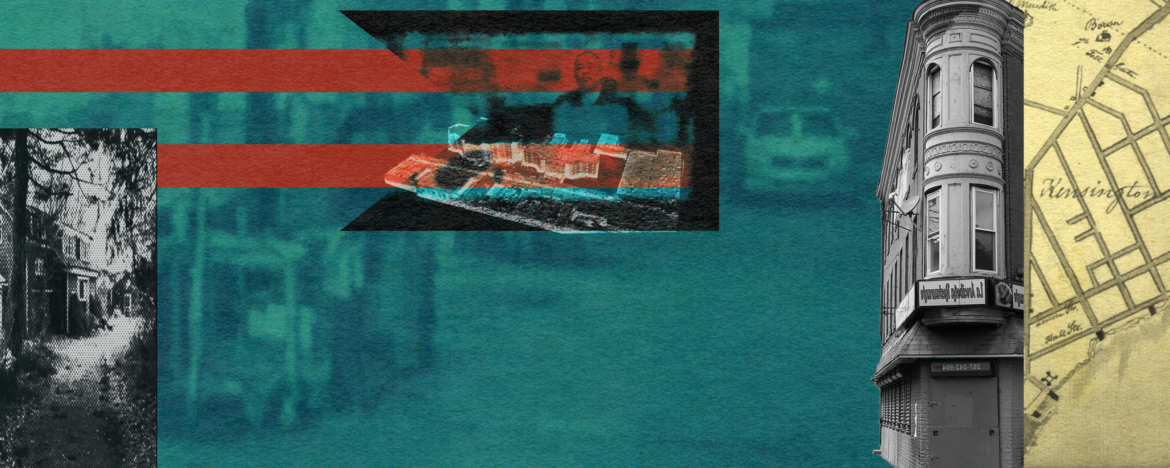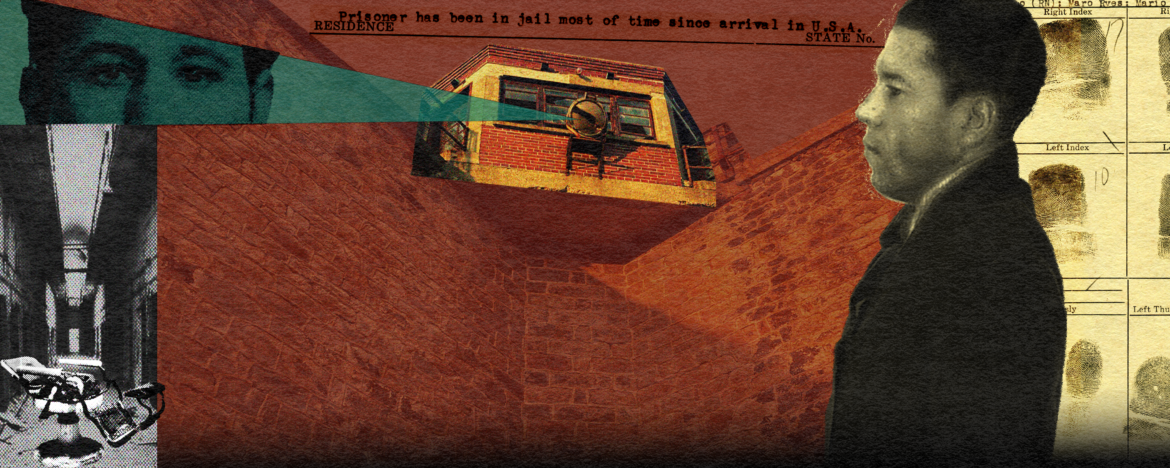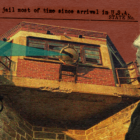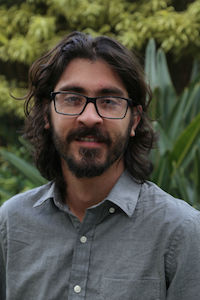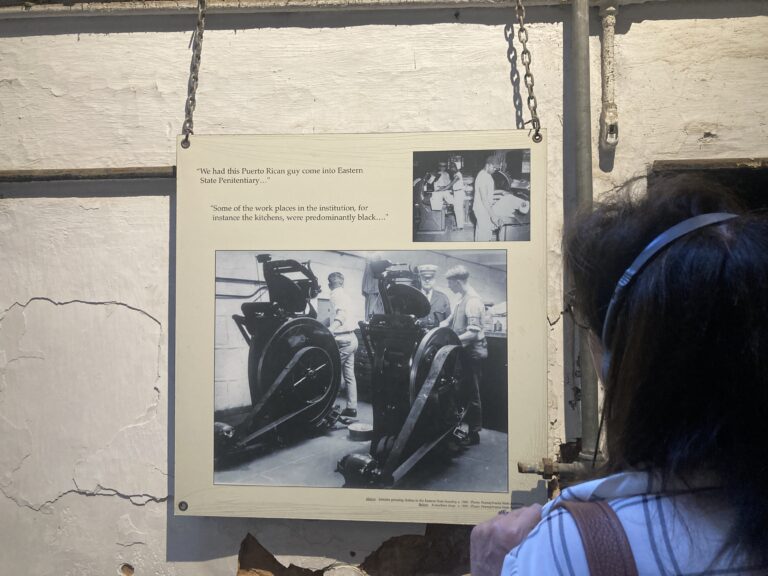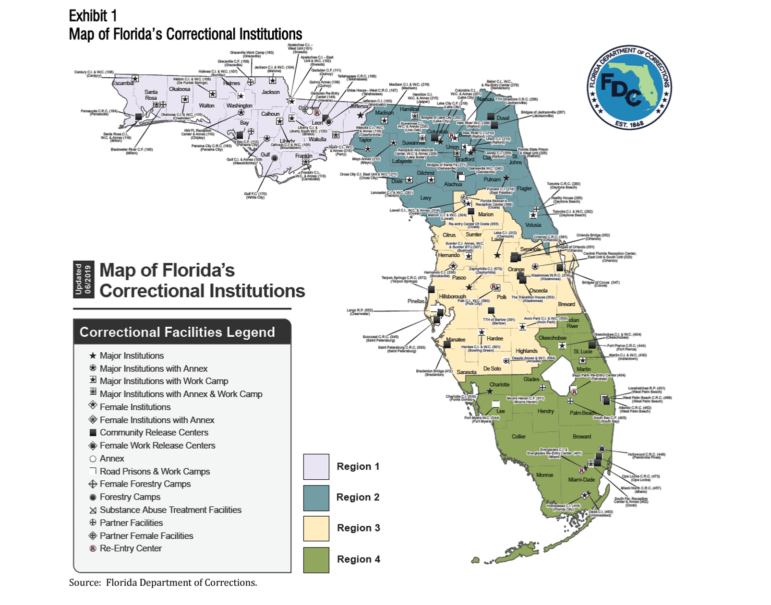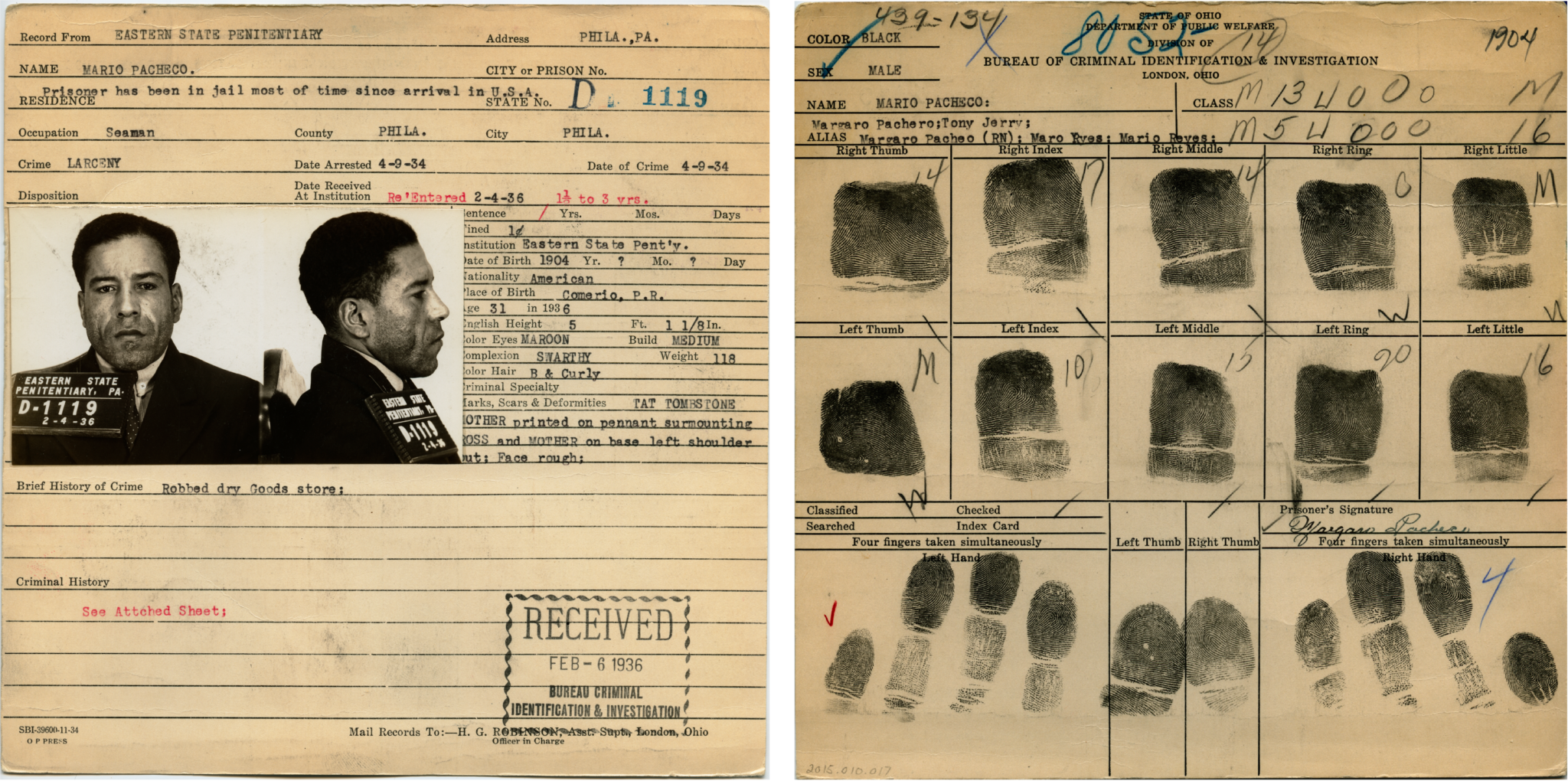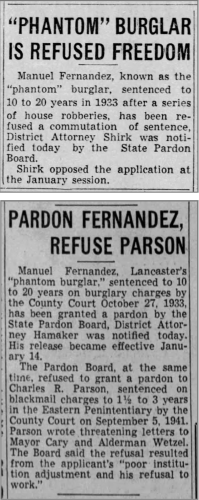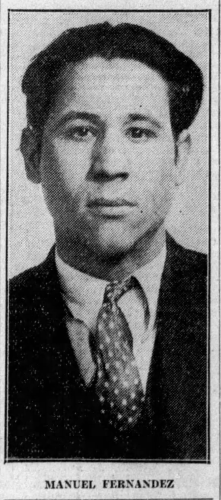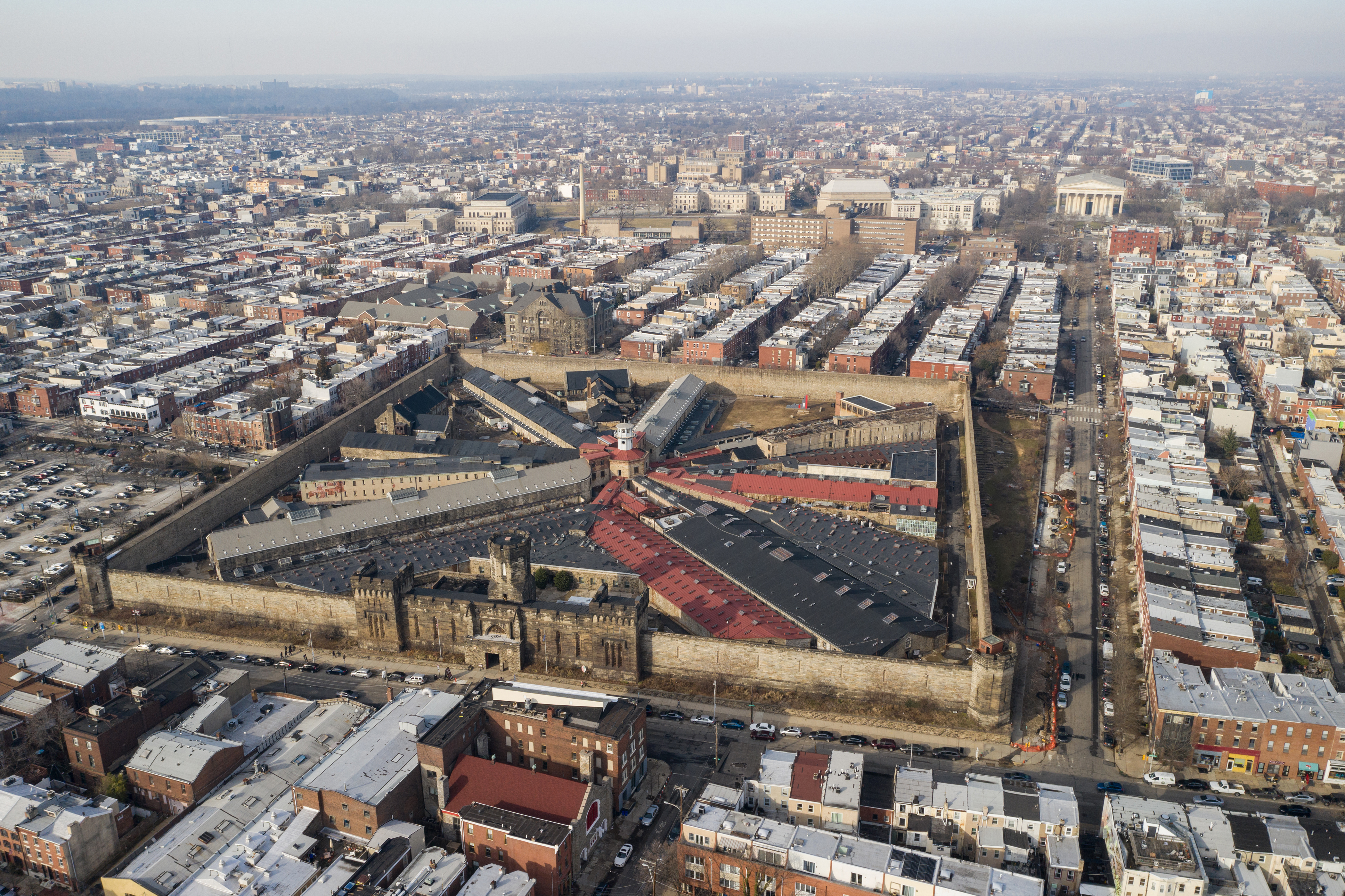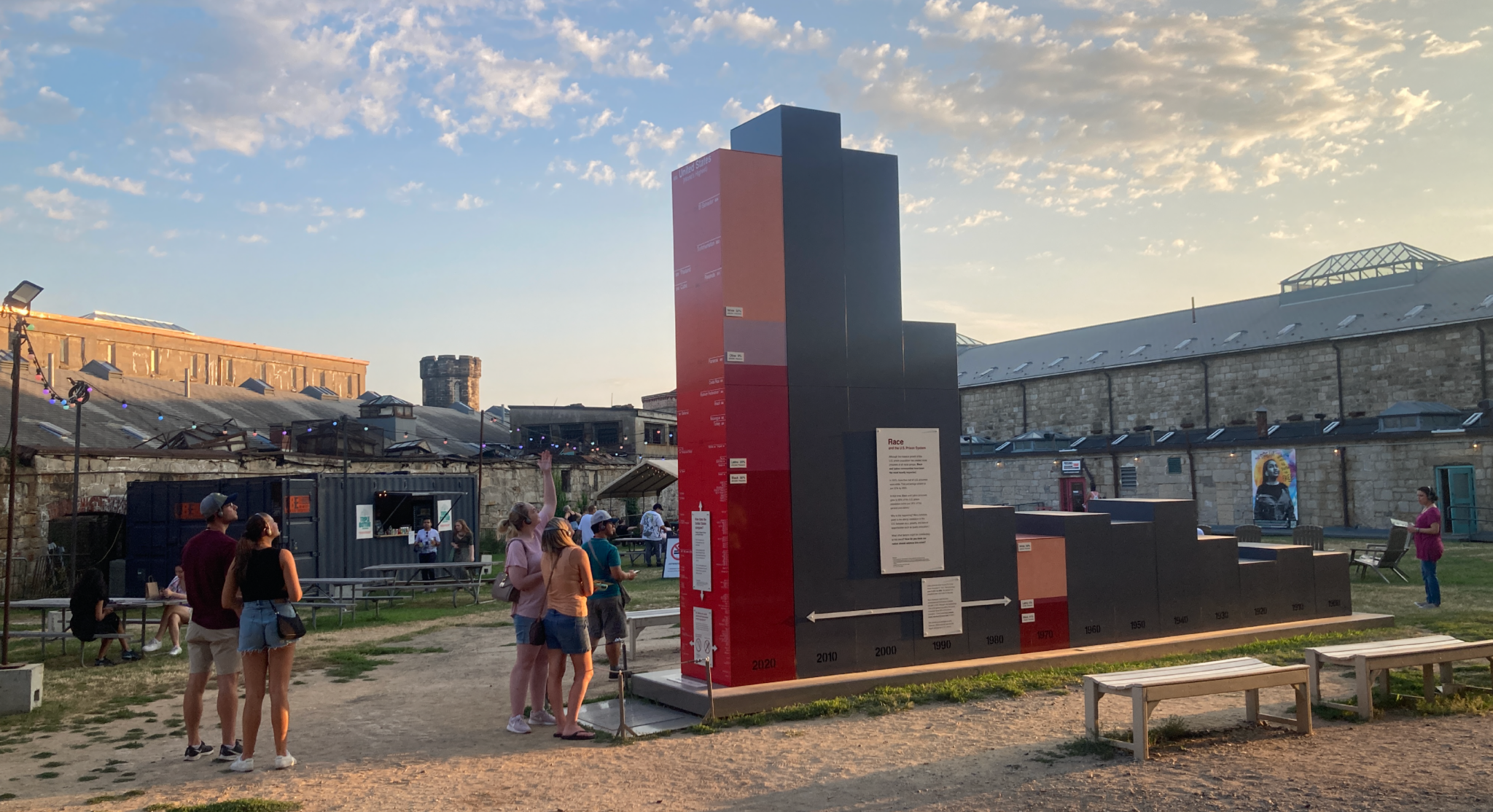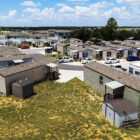For about six months, the Center for Investigative Journalism (CPI, in Spanish) submitted information requests to the corrections departments of each of the six states with the most Puerto Ricans — Florida, New York, Pennsylvania, New Jersey, Massachusetts, and Connecticut — to get the demographic data on the Puerto Rican population in its prisons. The response and form of delivery of each petition was different and reflects a fragmented, unequal, and deficient information collection system.
“Structurally, you’re seeing how racism operates: they try to minimize the arguments that have been made historically in terms of incarceration in the United States being a racist phenomenon by not having the information in an adequate way,” said Carmelo Campos, attorney, and professor of penology at the Colegio Universitario de San Juan.
The United States imprisons more people per capita than any democratic country in the world, according to a study by the Prison Policy Initiative, a think tank focused on public policy on the penal system. And it disproportionately incarcerates certain groups, hence the importance of knowing the identities of those incarcerated, Emily Widra, a senior analyst at the Prison Policy Initiative, told the CPI.
In the US Census, many Puerto Ricans identify as white or Black, or even as Latino. This, and the inadequacy of the data collected by the correctional system, hinders the ability to accurately know if Puerto Ricans are being incarcerated disproportionately compared to other groups.
For Black Americans, the incarceration rate by 2021 was five times that of white people in state prisons, according to The Sentencing Project, a nonprofit organization that researches racial discrimination in the United States’ justice system and advocates for the reduction of the prison population.
The incarceration rate among Latinos or Hispanics (categories with which some Puerto Ricans identify) was more than 400 per 100,000 inhabitants, by 2020. While that of whites was less than 200, according to the US Department of Justice’s Bureau of Justice Statistics. But there is a widespread suspicion among penal rights organizations and scholars on the subject that the number of Latinos in prisons in the United States is higher than reported by government agencies
The Sentencing Project attributes it to a fair amount of inconsistency in measuring Hispanic jail and prison populations: “They are frequently counted in conflicting or contradictory methods; e.g. Hispanics measured racially as black or white and not as a distinct group.”
Black, White, Hispanic, Other ___
In the six states with the largest Puerto Rican population, there are 5,326 men and 148 women who were born in Puerto Rico and are serving sentences ranging from one year to life in a state prison, according to data from December 2022 to February 2023, the CPI found.
Pennsylvania, the state where the Declaration of Independence and the US Constitution were signed, and home to Roberto Clemente’s baseball team, the Pittsburgh Pirates, has the largest number of Puerto Ricans born in Puerto Rico serving sentences in state prisons: 1,431, as of December 2022. Of that total, 21 were women. The Puerto Rican population in Pennsylvania, the third largest in the United States, is 466,450, according to the 2021 Census Community Survey.
In a municipal jail in Philadelphia, the largest city in that state, San Juan-born Clay Pizarro, 49, experienced periods of total isolation while incarcerated awaiting his sentence. It was the year 2021 and the restrictions implemented by the COVID-19 pandemic were in force.
In November of that year, Pizarro had a hearing on his case. But instead of being transported to court, he was locked in a section of the jail that was designated for quarantine, even though he was vaccinated and tested negative for the virus. This caused his legal proceedings to be delayed for months, according to a civil rights class action lawsuit against the City of Philadelphia that was resolved in favor of the plaintiffs.
Pizarro was at Riverside Correctional Facility and feared violence because he witnessed abuse by correctional guards who used pepper spray indiscriminately, physically assaulted other inmates and failed to protect the prison population, according to the lawsuit.
In 2022, Pizarro finally entered a state prison to serve his sentence, becoming one of the 334 people born in Puerto Rico who entered Pennsylvania state prisons in that year alone. In the Corrections public database, Pizarro is identified as Black.
Down south in Florida, Ricardo González was accused of murdering a police officer in the middle of a 1992 bank robbery in Miami when he was 22. That same year he was imprisoned and in 1998 he was sentenced to death. Since then, he has appealed his sentence several times.
In one such attempt to save his life, in 2001, the defense presented the testimony of a neuropsychologist, who said that, at the time of the crime of which he was accused, González was “under extreme mental and emotional pressure because he grew up between Puerto Rico and the United States,” for not being proficient in the English language, learning problems, the need to make money and a brain injury. The state decided to uphold the death sentence against González, who appears identified as Hispanic in the official database.
In Florida, the new capital of Puerto Ricans in the United States, there were 1,144 men and 45 women who were born in Puerto Rico serving sentences in state prisons as of February 2023. Of those, five are sentenced to death, including González. Florida is the second state, after Pennsylvania, where there are more Puerto Ricans locked up.


